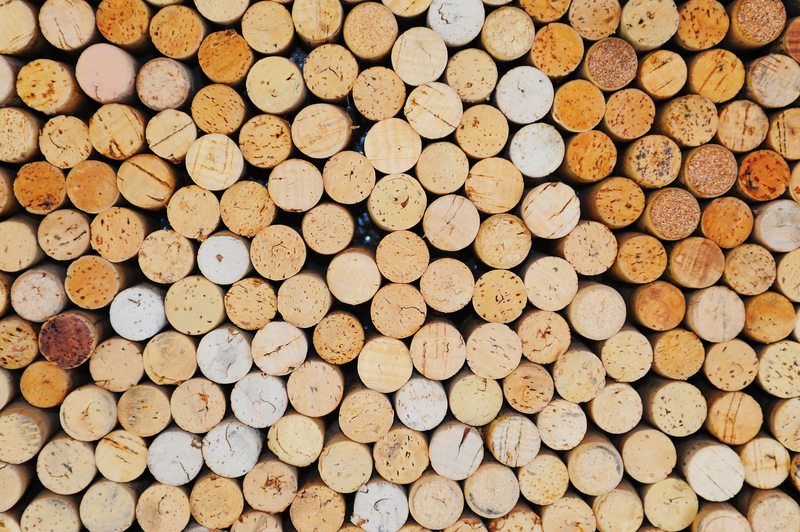Understanding the Effects of Reckless Waste Disposal on Natural Habitats
In today's rapidly industrializing world, one critical issue that often goes unnoticed is the impact of reckless waste disposal on our natural habitats. Not only does it harm the environment, but it also threatens biodiversity and disrupts ecosystems. Let's delve into how careless waste management practices can lead to dire consequences for our planet's natural settings.
The Scale of Waste Production
The mounting waste problem is a global concern. According to recent estimates, humans generate approximately 2 billion metric tons of solid waste annually, and this figure is projected to grow by 70% by 2050 if current trends continue. These staggering numbers highlight the urgent need for sustainable waste management strategies. However, recklessly disposing of waste compounds the problem, leaving devastating impacts on natural environments.

Types of Waste Affecting Habitats
- Plastic Waste: Often ending up in oceans and forests, it takes hundreds of years to decompose, severely impacting wildlife.
- Industrial Waste: Chemicals and heavy metals can poison soil and water, affecting entire ecosystems.
- Agricultural Waste: Pesticides and fertilizers can leach into local water systems, causing eutrophication.
- Electronic Waste: Toxic substances from discarded electronics can leach into the ground, impacting both land and aquatic life.
Impact on Terrestrial Habitats
Reckless disposal of waste has a significant impact on terrestrial ecosystems. Landfills and illegal dumping sites proliferate, covering vast areas of once-healthy land with toxic materials. These regions become inhospitable to native flora and fauna. The following outlines the primary consequences:
Soil Degradation
One of the most pressing issues is soil degradation. When waste is not properly managed, toxic chemicals can seep into the soil, reducing its fertility and altering its composition. This can lead to a decline in plant growth, which disrupts the food chain, affecting organisms that rely on vegetation for sustenance.
Ecosystem Imbalance
Changes in the soil and the availability of resources can cause imbalances in ecosystems. Plant species struggle to survive, and the animals that depend on them are forced to migrate, adapt, or face extinction. This domino effect eventually alters entire ecosystems, resulting in loss of biodiversity.
Consequences for Aquatic Habitats
Water bodies are particularly vulnerable to irresponsible waste disposal practices. Rivers, lakes, and oceans suffer immensely from pollutants that are either intentionally or accidentally released into them.
Contamination of Water Sources
The most immediate effect is the contamination of water sources. Waste materials such as plastics, oils, and chemicals make their way into these habitats, leading to a myriad of problems. Toxic substances affect the quality of the water, making it unsuitable for drinking or supporting aquatic life.
Marine Life Endangerment
Marine life is severely at risk due to reckless disposal practices. Plastics in particular are a major threat. They are ingested by marine creatures, causing internal injuries and often, death. Moreover, persistent organic pollutants (POPs) and heavy metals accumulate in the food web, endangering both marine species and humans who consume seafood.
Biodiversity Loss
One of the most profound consequences of waste-induced habitat disruption is biodiversity loss. Various species, unable to adapt to the swift changes in their habitats caused by waste pollution, are declining at alarming rates.
Threatened and Extinct Species
The International Union for Conservation of Nature (IUCN) reports that numerous species are at risk due to habitat destruction from waste pollution. Approximately one million species face extinction within the coming decades, should current patterns of habitat destruction continue unchecked.
Impact on Human Populations
While it might seem that reckless waste disposal primarily impacts the environment, the ripple effects inevitably touch human populations as well. Contaminated water supplies lead to health issues, disrupted food chains cause imbalance in local economies dependent on wildlife, and the overall quality of life diminishes.

Solutions and Preventive Measures
Despite the overwhelming negatives, there are steps we can take to alleviate and prevent further damage caused by improper waste disposal.
Implementing Effective Waste Management Systems
Governments and organizations should focus on creating robust waste management systems. This includes proper segregation, recycling facilities, and waste-to-energy solutions that can turn trash into electricity.
Community Engagement and Education
Raising awareness about the implications of irresponsible waste management is crucial. Educational campaigns can help communities realize the importance of proper waste disposal and become active participants in conservation efforts.
Policy and Legislation
Stricter policies and legislation are needed to curb irresponsible waste management. By enforcing stringent rules regarding waste disposal and investing in sustainable technologies, governments can provide a framework for preserving natural habitats.
Conclusion
The effects of reckless waste disposal on natural habitats are catastrophic, impacting terrestrial and aquatic environments, reducing biodiversity, and ultimately posing threats to human health and sustainability. Through responsible waste management, legislative measures, and public education, we can begin to mitigate these adverse effects and work towards a healthier, more sustainable planet.
The future of our natural habitats depends on the collective actions we take today. By recognizing the importance of safeguarding these ecosystems, we can create a better tomorrow for both our planet and future generations.